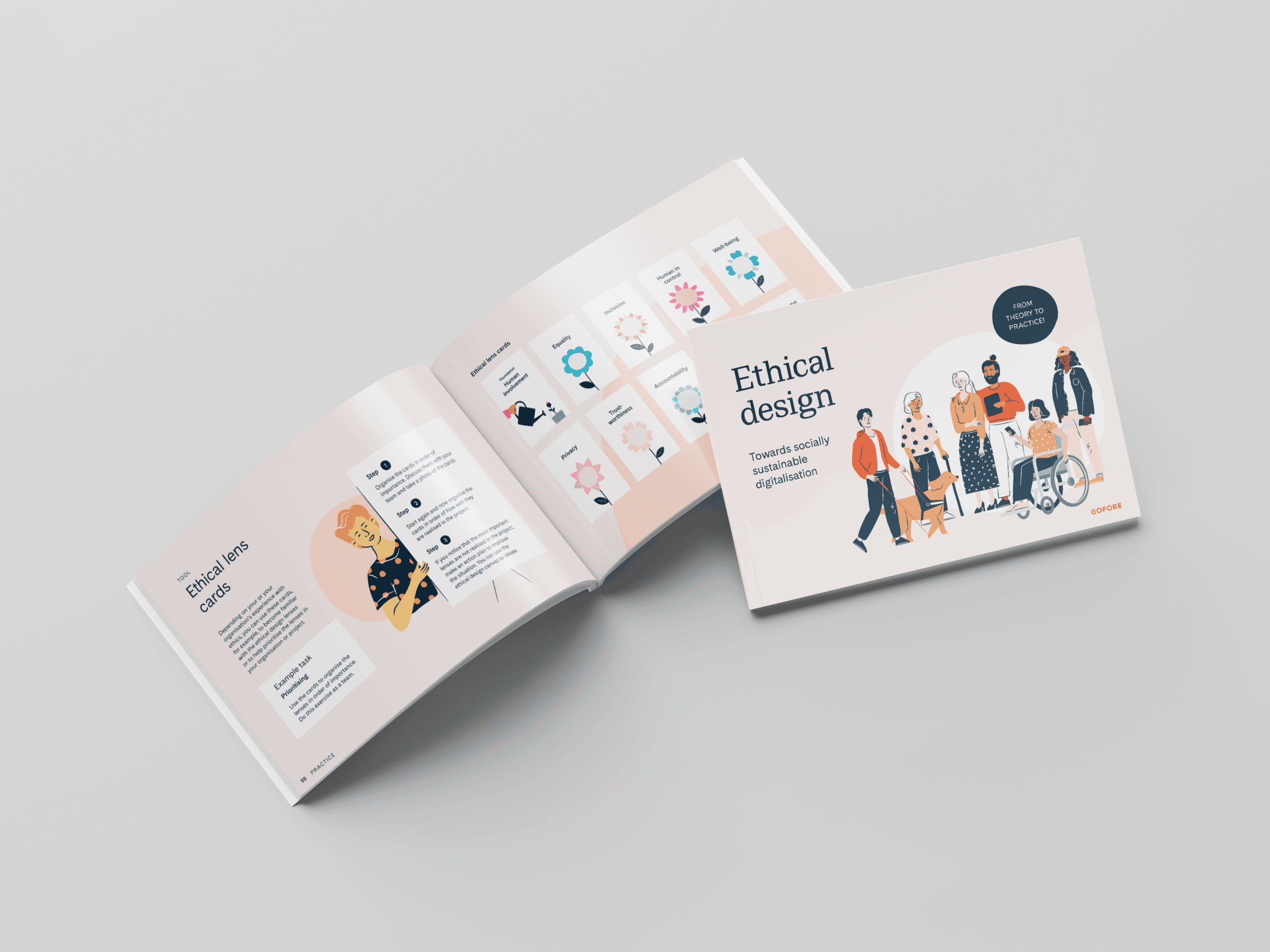UX designers can support sustainability goals and meet the evolving preferences of environmentally conscious consumers. Visual and content design should collaborate to communicate these initiatives effectively, ensuring that users are informed and empowered to make eco-friendly choices in their digital experiences.
From a visual design perspective, eco-friendly digital products feature minimalist and lightweight visual elements that not only enhance aesthetics but also contribute to faster load times and lower energy usage.
UI’s can also encourage sustainable behaviour by guiding users. This is where good content design makes the difference, with concise information and a nice tone-of-voice that helps nudge the user toward preferred choices.





